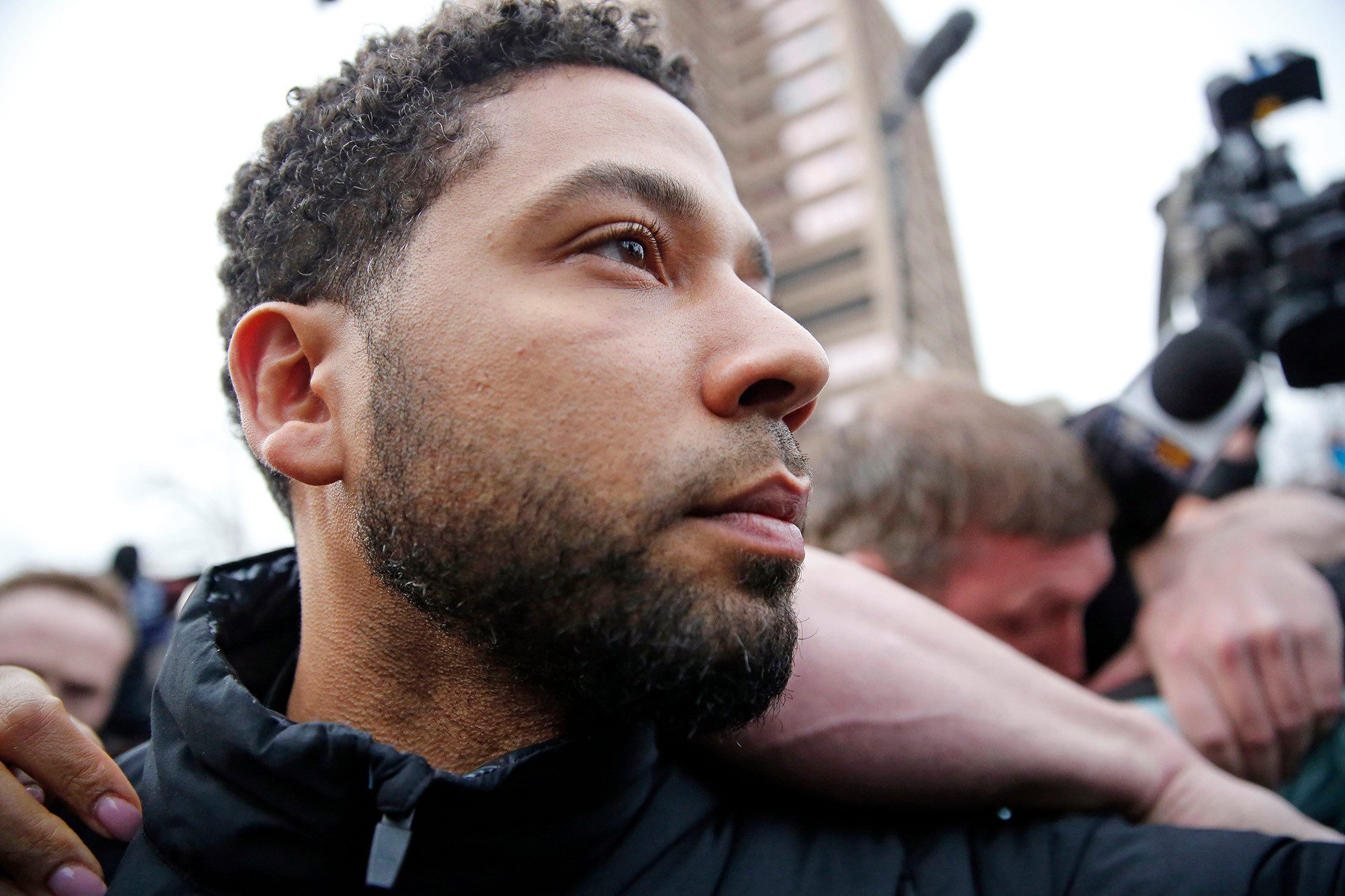
It's a compelling story, supported by statistics that show an increase of 17% in the number of hate crimes reported to the FBI during the Trump presidency.
But it isn't true. The surge has little to do with Trump and his red hat brigade. This according to Will Reilly, a Kentucky State University associate professor, who extensively researched hate-fueled violence in America for his book Hate Crime Hoax.
"Almost all of that surge is due to the simple fact that in 2017 the number of police departments reporting hate crimes to the FBI increased by 1,000," says Reilly. "The surge narrative is pretty dishonest."
And destructive. The perception that hate-filled mobs are roaming the streets attacking minorities, gay and transgender people and other vulnerable citizens in the name of Donald Trump keeps us on edge and makes us distrustful of our neighbors.
It also creates a gullibility that that allows us to believe things we should know aren't true. Like Jussie Smollett's ridiculous tale of being attacked by two MAGA-hat-wearing thugs on a frigid Chicago street. Before the actor's whopper unraveled, it was wildly parroted by a media too eager to believe anything that confirms its conviction that America is boiling with hate.
Smollett's fake hate crime is not a one-off. Reilly's research finds that most high-profile hate crimes over the past few years have turned out to be hoaxes.
Reilly studied 409 reported hate crimes over the past five years that received media attention. They include incidents such as the racist graffiti at Eastern Michigan University and the minority woman in Grand Rapids who claimed a group of white men urinated on her.
"In major cases, almost all of them have been hoaxes," Reilly says. "The number of hate crime hoaxes actually exceeds the number of convictions. The majority of these high-profile incidents never happened."
It's also a false narrative that white cops are targeting African American men, Reilly says.
In 2015, he says, of the 1,200 Americans killed by police, just 258 were black, and only 17 of those were unarmed and shot by white officers. And yet, his research indicates just 10 percent of the media coverage of police violence focused on the non-black victims.
"White guys shot by police under identical circumstances never become national stories," Reilly say.
The distorted coverage has helped give rise to social movements such as Black Lives Matter that are based more on perception than reality.
"It's worth noting that that interracial crime is not a huge threat in America," says Reilly, who is African American. "Eighty-five percent of whites are killed by other whites. Ninety-four percent of blacks are killed by other blacks."
Americans may be politically divided. But they aren't taking their disagreements to the streets. Nor have they created a dangerous environment for certain groups of their fellow citizens.
"Portraying America as a hate-filled country is wildly inaccurate," Reilly says.



Comment: See also: The Jussie Smollett Hate-Crime Hoax is Nothing New in Trump's America